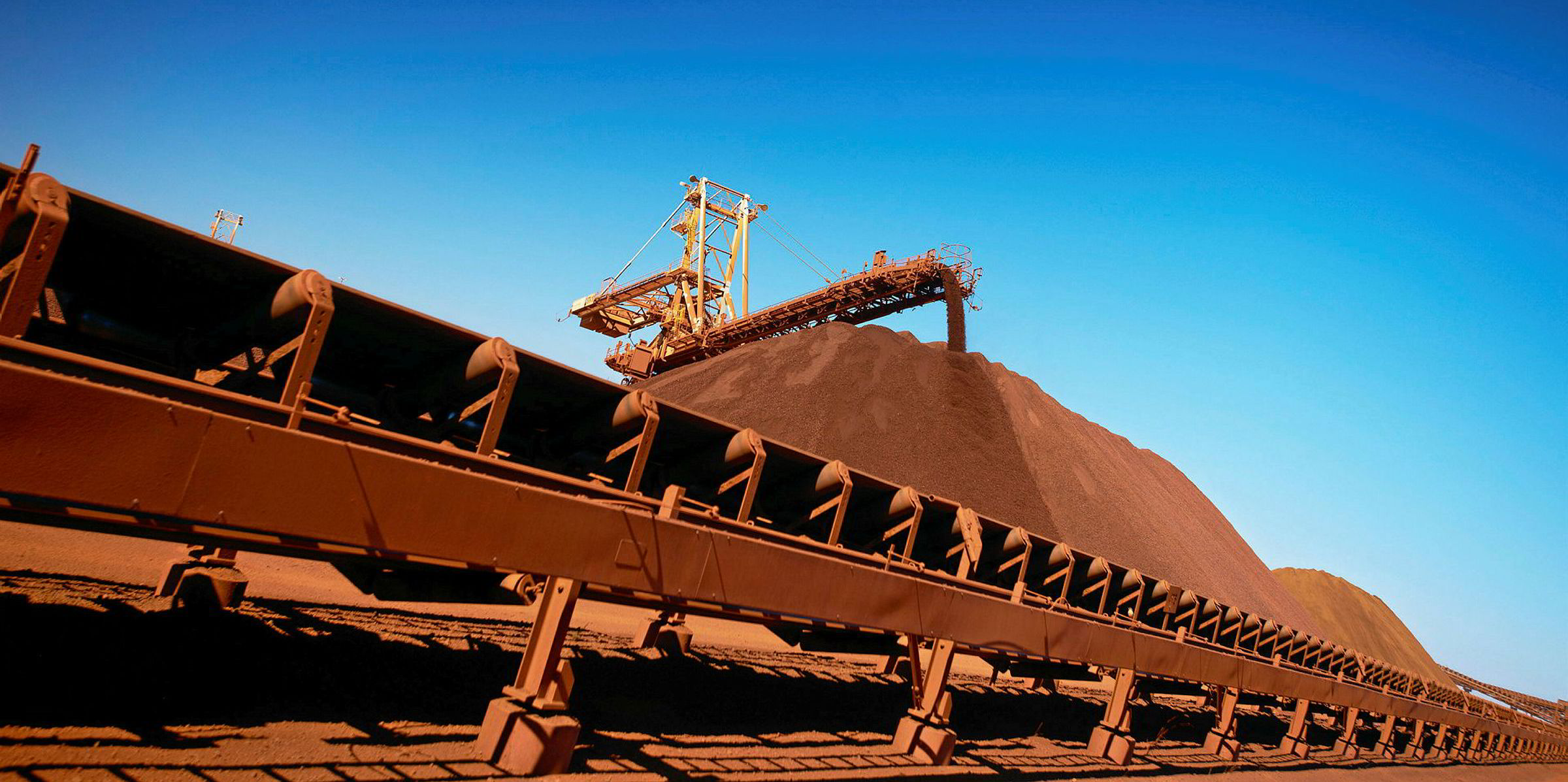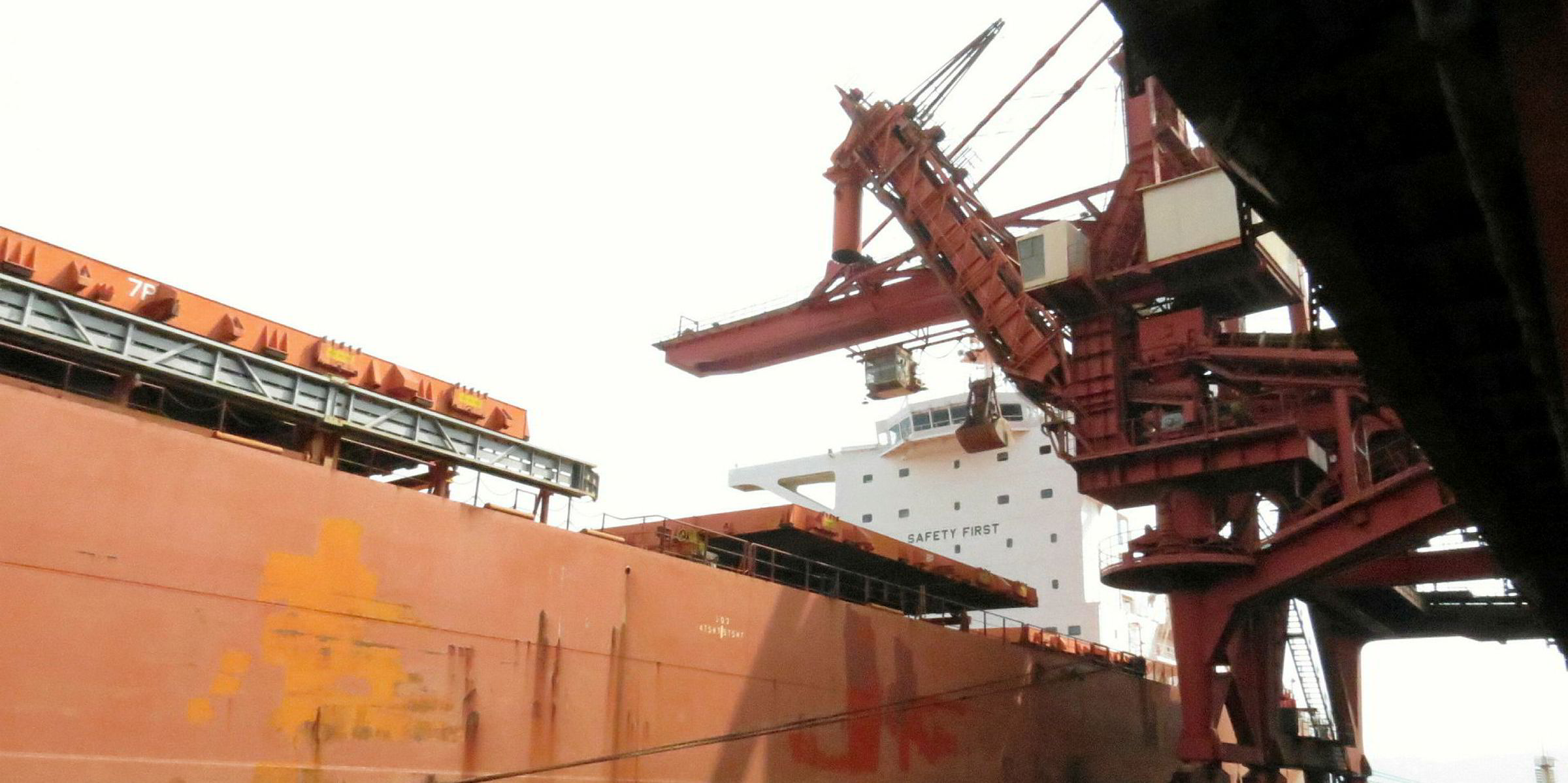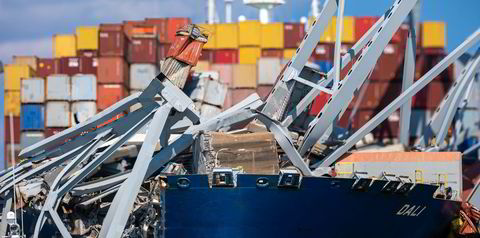Capesize bulker rates have jumped significantly as Australian iron-ore mines ramp up production amid Covid-19 disruption to Brazil volumes.
The Baltic Exchange Capesize Index has leapt 113% Wednesday to 356 points, punctuating a robust gain since Thursday from 27 points.
The weighted time-charter equivalent (TCE) average gained 25% Wednesday to $5,267 per day, according to Baltic Exchange assessments. The TCE rate was $3,228 per day on Thursday. when .
"High activity and plenty of cargoes from all three West Australian miners helped drive Capesize up 15% yesterday to $4,200 per day," Clarksons Platou Securities' managing director of research, Frode Morkedal, wrote in a client note.
Australia's three top iron ore producers are BHP, Rio Tinto and Fortescue Minerals Group.
Meanwhile, freight forward agreement markets are trading 6% up this morning with June at $7,700 per day, July at $10,800 per day and August at $12,800 per day, he added.
Australia leads the world in iron-ore production, exporting 838m tonnes in 2019.
Brazil comes in at a distant second, producing 341m tonnes that same year, but behemoth Vale expects to come up with 330m mt at best this year as Covid-19 raids the country.
Torrential rains earlier in the year and mine inspections related to the January 2019 dam breach at Brumadhino also weigh heavily on volumes.
Rates for benchmark routes from both countries to China have improved, particularly for the transatlantic voyage from Brazil.
The Brazil-China round voyage's TCE rate has jumped $991 to $4,932 per day, while the much shorter Australia-China leg has improved almost $0.50 to $4.98 per tonne.
The Baltic Exchange Dry Index has likewise risen amid cape rates' good fortune, edging up 46 points to 592 points Wednesday.
Other asset classes saw more modest gains. Panamax rates gained 14 points to 809 as handysize rates added eight points to reach 285.
Supramaxes saw a minor slip, losing one point to land at 494.






